
What were some books that impacted you as a child or young adult?
The Nancy Drew Series: I read 52 of these, and they undoubtedly developed my love of mysteries (which later expanded to Agatha Christie as a teen).
Zilpha Keatley Snyder was one of my favorite authors as a kid, and I knew exactly where her section was on the library shelves. Her stories often included a touch of the supernatural, and The Headless Cupid was one of the many inspirations for Black Flowers, White Lies.
As a teen, I devoured Stephen King books, with The Stand leaving the biggest impression. (It's probably not a coincidence that my debut, Pandemic, was about a widespread deadly disease.) I've written more about this book's impact and share one my favorite family anecdotes in a previous post, Sunburns and the Incredible Power of Language. :)








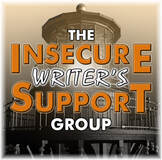




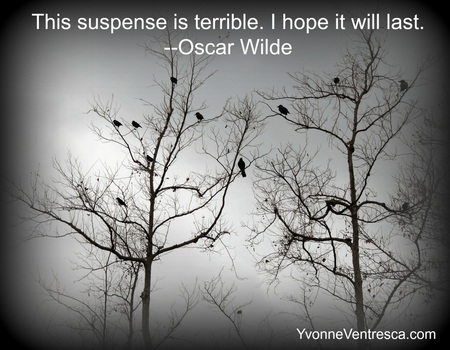























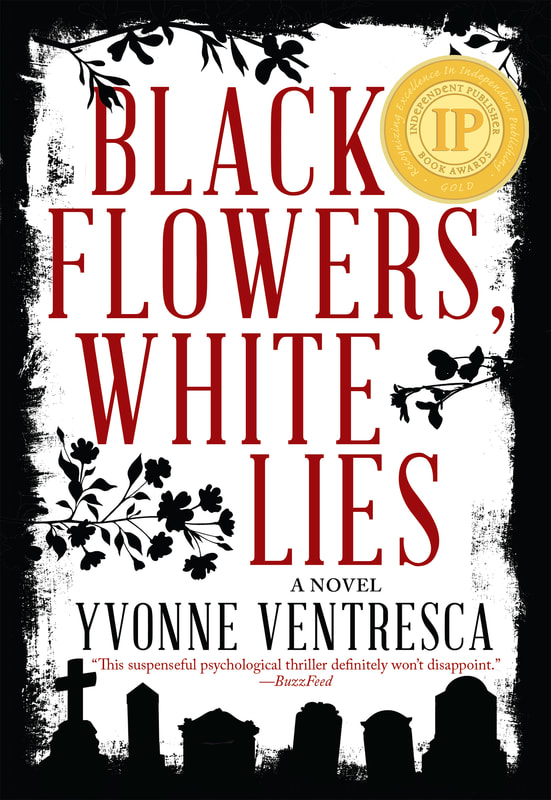
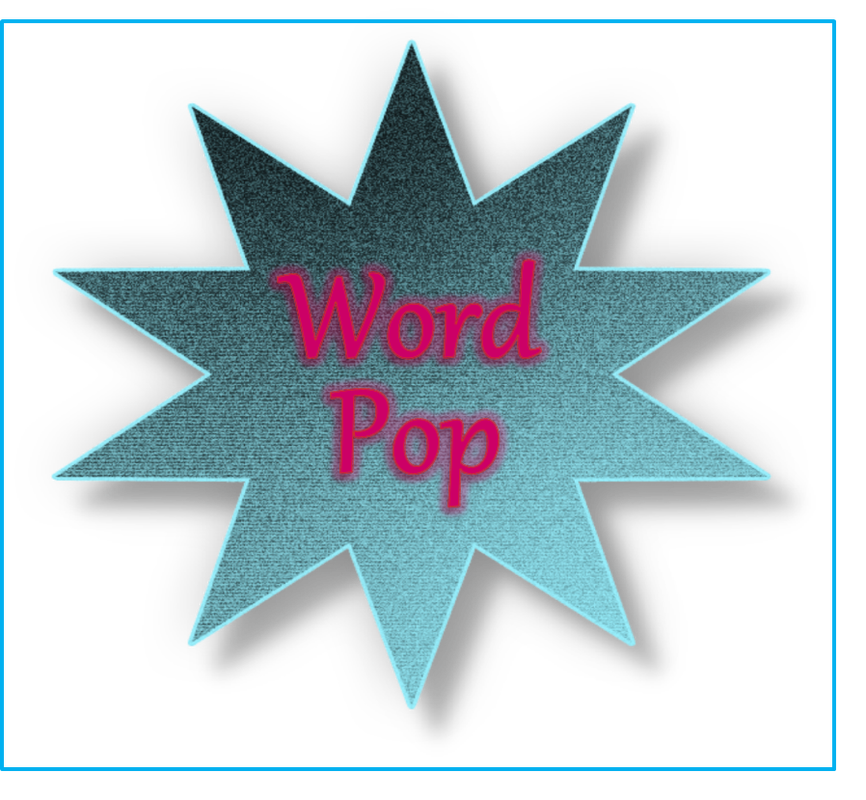
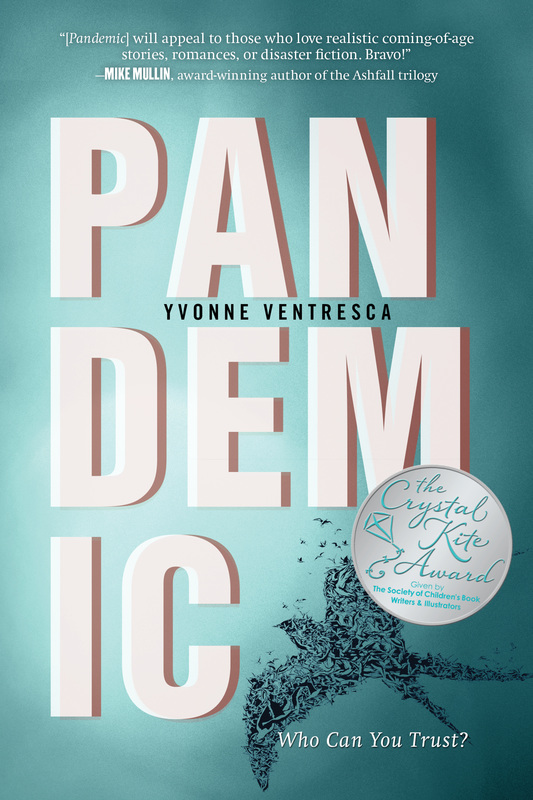
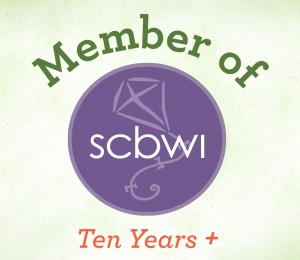

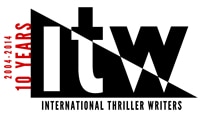
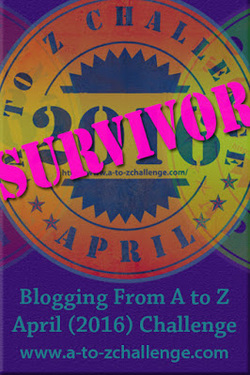
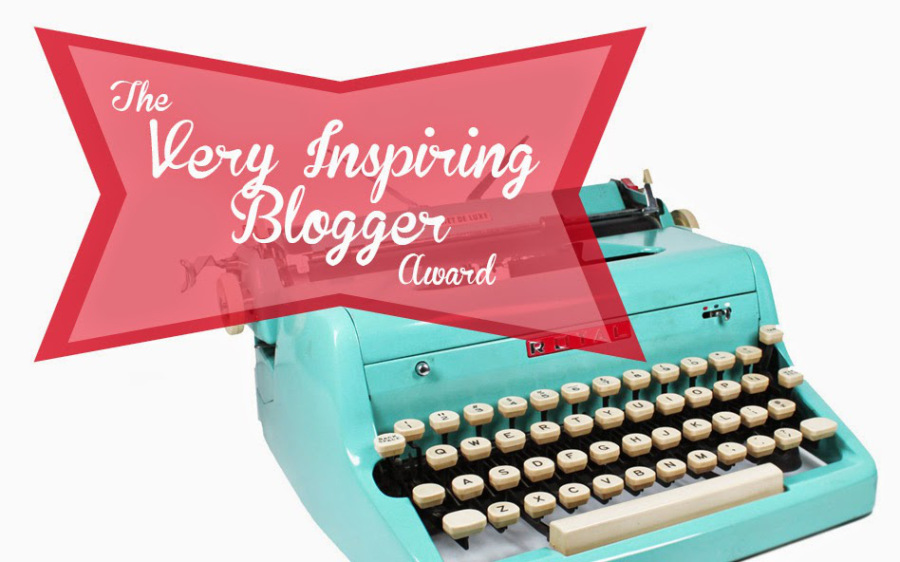
 RSS Feed
RSS Feed